Tropical weather
-
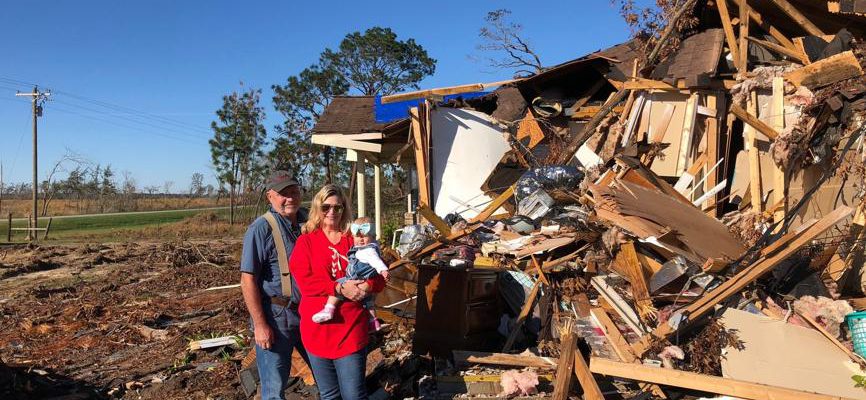
Even though we have not been hit by a hurricane yet this year, now is a great time to prepare just in case you get hit by one later this year. Here is a good summary article on what you need to do before, during, and after the storm from Yahoo News. You can find…
-
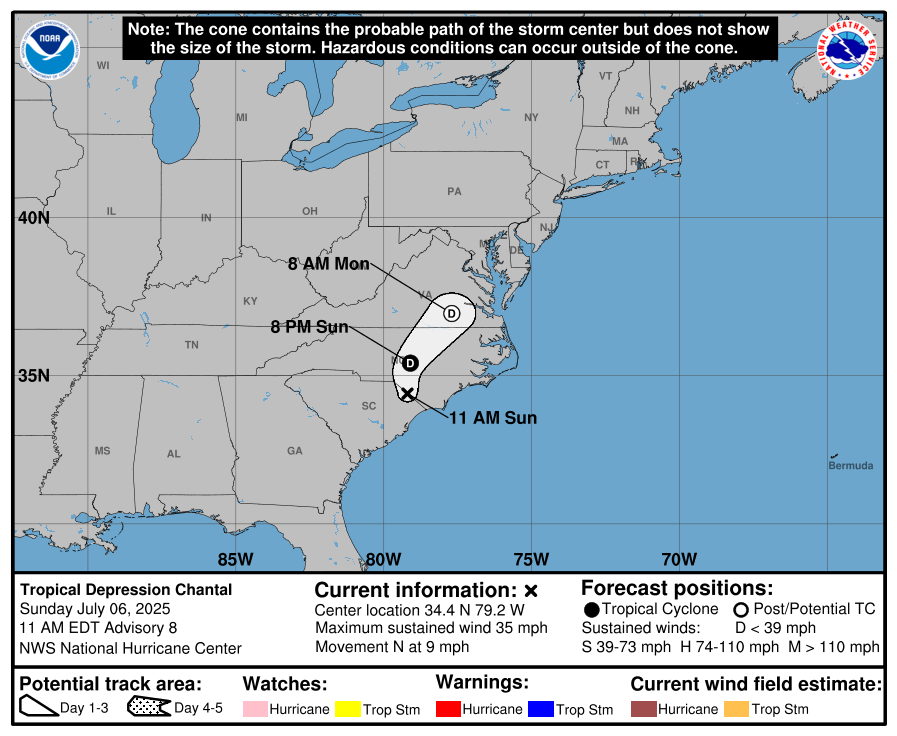
Over the last few days the area of disturbed weather off the East Coast coalesced into Tropical Storm Chantal, made landfall on the South Carolina coast, and is slowly weakening and moving north. It is now a Tropical Depression with further weakening likely. It will continue to bring some rainy conditions to central and eastern…
Posted in: Tropical weather -

Over the last two days the front has pushed through a lot of the Southeast and an area of low pressure is forming along the nearly stationary front in NE Florida. This low is expected to drift east or northeast over the Atlantic Ocean, where it has a 60% chance of becoming Tropical Storm Chantal.…
Posted in: Tropical weather -
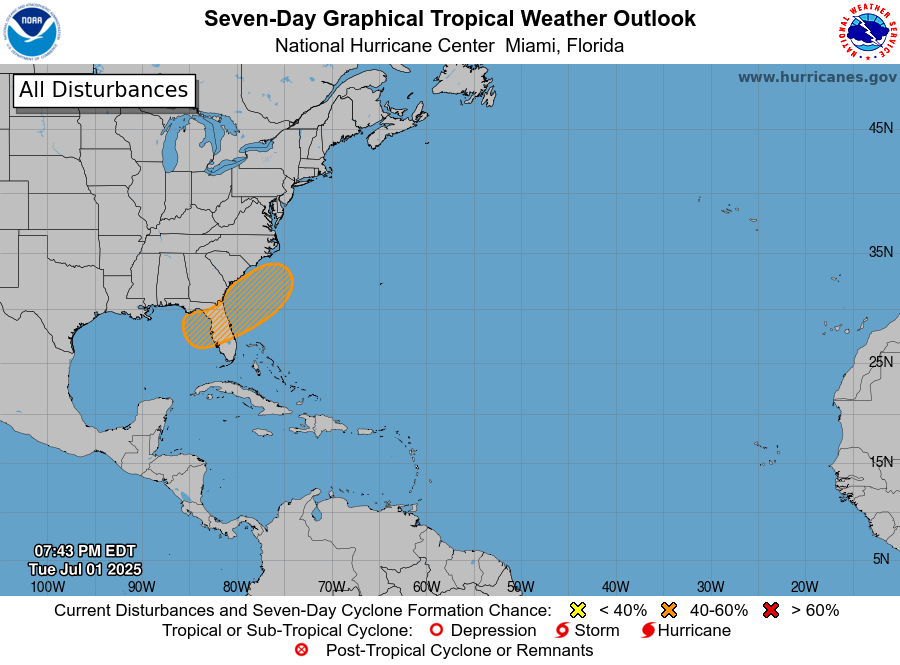
The National Hurricane Center is watching a front that is currently passing through the Southeast dropping rain and causing some scattered severe weather for the next couple of days for the chance of tropical development over the weekend as it stalls in northern Florida. As of tonight, the chance of development over the next week…
Posted in: Tropical weather -

Today an area of low pressure organized as it moved from the Yucatan Peninsula west into the Bay of Campeche. It has continued to develop today into a tropical depression and there is a chance that it could briefly become Tropical Storm Barry tonight or tomorrow morning before it moves over northeast Mexico and falls…
Posted in: Tropical weather -
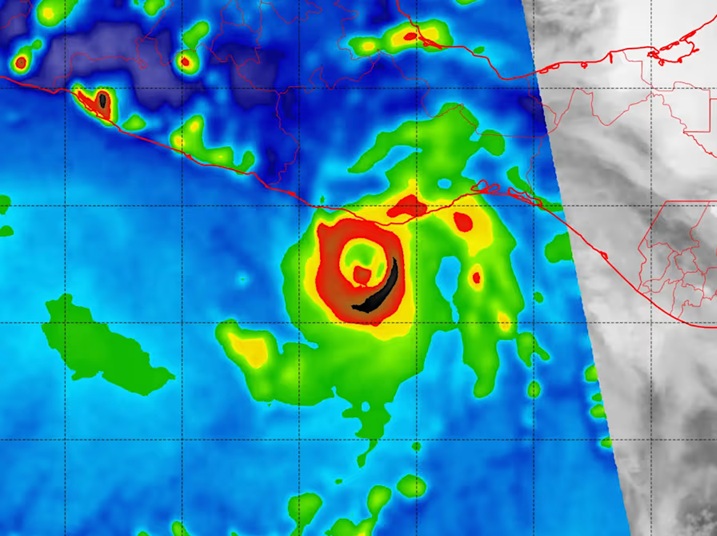
A piece of very bad news for those of us who live in the hurricane region of the United States was released this past week. The U.S. Department of Defense announced it would immediately stop ingesting, processing, and transmitting data essential to most hurricane forecasts. This data is essential to accurate forecasting of hurricane conditions…
-
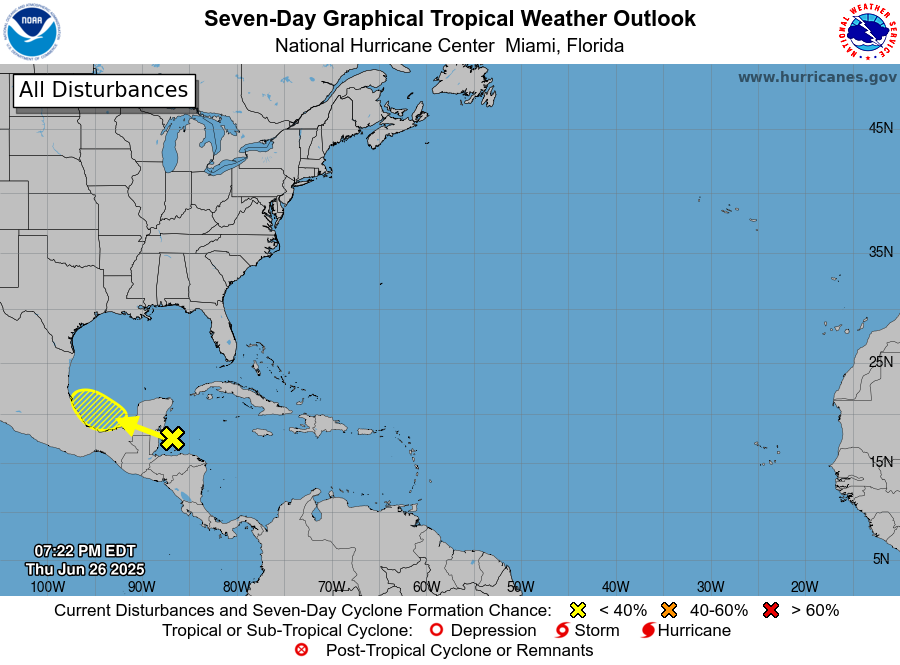
Tropical Storm Andrea has come and gone quickly and the next week looks like it will be a quiet one for the Atlantic tropics. The National Hurricane Center is showing a small region of potential development in the southern Gulf, but it only has a 20% chance of developing in the next week so it…
Posted in: Tropical weather